When Shaileshkumar Jain and Anup Nair decided to head out on their own in April 2011 after chucking their safe developer jobs in US, one thing they were sure of was that they did not want to build a social network kind of model where in you bring users first and revenue model is figured out later. They wanted to start something which allowed them to do everything – right from ideation to execution and most importantly, have cash flows from day one.
Given that philosophy and the fact that they both were techies themselves, both believed the ecommerce story to their hearts. The duo had no doubts about online shopping or the fact that mobile shopping is going to be even bigger than what it is today. So, while in 2010-11, many retailers had doubts about the ecommerce saga, Anup and Shailesh decided to go full swing and opened Mirraw – an ecommerce platform for ethnic jewellery. Says Anup,
“The social network kind of thing was hot in the startup world during that time. Users first, money later – but we were sure we did not want to do that. We wanted to figure out a business model that brings money from day one, does not depend on a network effect or of anything of larger scale playing, and should have a potential to scale.”
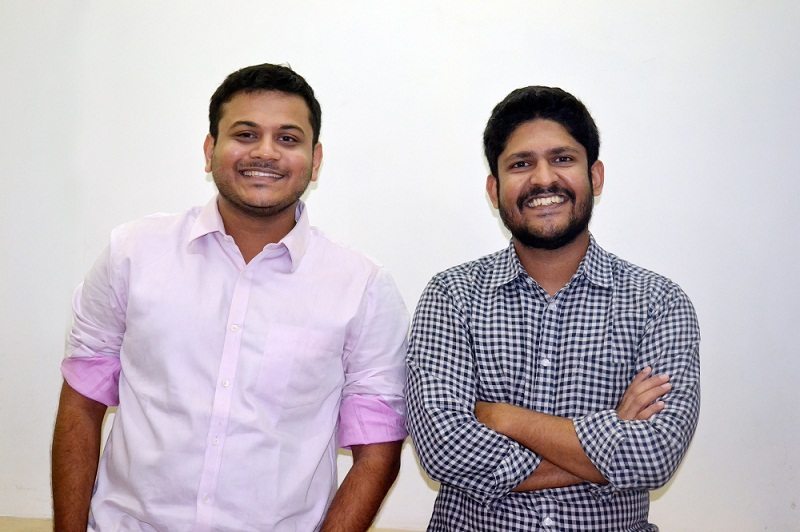
E For Etsy, E For Ethnic
The platform drew inspiration from US-based Etsy.com – a portal for handmade goods. The duo decided to get unique designs online and picked one category – imitation jewellery. Adds Anup, “We knew a lot of horizontal players existed but there were no vertical players in this space. To beat a horizontal player or play in the same race, you would have to win a vertical. At that point in time, anyone who thought of Mirraw, we wanted it to be synonymous with jewellery.”
Later on, of course, Mirraw’s offerings expanded to ethnic wear, such as saris and salwar kameez, as a natural extension of categories for its customers and that’s when the whole ethnic title came into picture. After that point, Mirraw started chasing ethnic wear completely. Today, Mirraw’s proposition is that any customer who thinks of buying anything Indian ethnic, be it home decor, shawls, arts and crafts, jewellery, attire, should find it on Mirraw.
Going The Bootstrapped Way
When Shailesh and Anup started Mirraw by pumping in INR 1 lac in 2011, little did they know that they would never have to invest more than their initial investment! Even after five years, when the company is set to close this financial year at the INR 100 cr+ mark in total revenue, Mirraw remains a happily bootstrapped profitable venture.
For Anup and Shailesh, going the bootstrapped way is not something that just happened because of lack of funding or investors. But it was rather a deliberate choice that was taken in order to avoid being part of the discounting game and ensuing bloodbath.
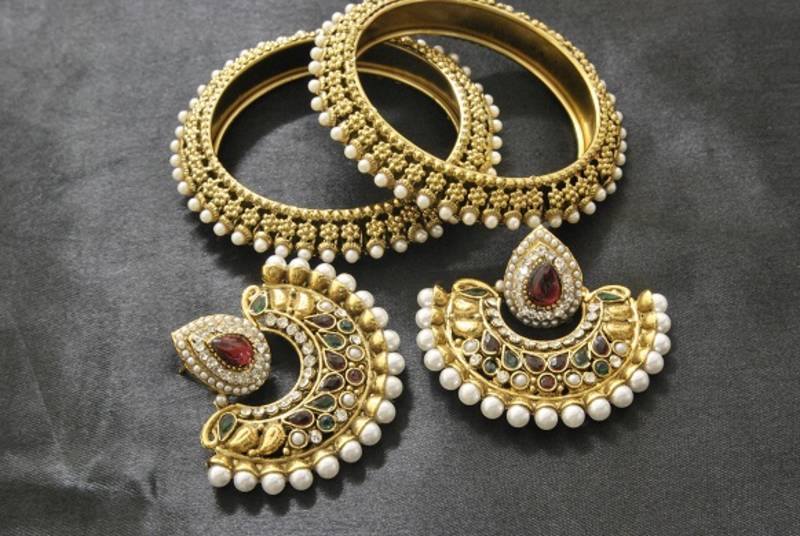
Says Anup, “We have a laundry list of reasons as to why we chose to stay bootstrapped. First of all, running a firm on funding is a different mindset game altogether. You start burning cash and you are not building the right business. Funding only funds customer acquisition, which is what you see happening in today’s market. Very few people look at funding as a structural growth enabler. Added to that is the fact that there is very little loyalty attached to it – it is not a winning strategy.
The only strategy here is that in order to keep playing this game, you continue raising more cash than your competitor and ensure that you always have deeper pockets than him to keep playing this game – that’s the only strategy. It will never turn into a point that now I have done so much, I don’t need to invest more. And we already knew big players are playing this game, so it did not make sense for us to get into that bloodbath or a game which doesn’t help build your structure correctly.”

So, for the first two years, the duo did not even think about entering this game and simply focused on building the business. This in turn put a lot of things in place for them. They have figured out strategies in sales, where other companies failed. It enabled them to stay nimble. It also involved doing things such as calling customers to get telesales orders! In fact, for the first year, the company had only two employees—Anup and Shailesh—the co-founders! The duo were doing everything themselves until they made their first hire in June 2012, after one year.
Creativity In Constraints
Anup does not deny that going the bootstrapped way is harder – yet it has never stopped their passion or fire for something. They were still able to figure out their way, which he calls “creativity in constraints”. Says Anup,
“It basically means that since you don’t have too much leverage to do too many things and you are constrained, you have to be creative to figure out ways to grow. It has somehow helped us. If you have money, you can experiment faster. We have not been able to play around that. But this is not that hard a game. If you think about the correct business model, it is pure retail. All you have to do is keep getting more and more customers and make sure that your existing customers are happy. They will take care of it.”

Of course, ‘creativity in constraints’ meant that costs had to be controlled creatively too. It meant that every little cost had to be taken care of. For instance, decisions such as what kind of PCs should be used on the desk, the decision to not have a fancy office or a foosball table, the decision to spend on digital marketing but not branding, or that of looking minutely at each and every employee’s ROI, or sitting in small cramped spaces and working 2 shifts.
The firm only focused on customer-based marketing and relied solely on digital marketing. This meant no media ads, no radio ads, no TV, no print ads, and no random outdoor hoardings at busy traffic lights; only and only digital marketing and that too in-house! Because outsourcing it to digital media agencies did not yield the desired results, so the founders learnt the skills themselves and carved out the digital marketing strategy by themselves. This meant that the strategy was scrutinised minutely every day to see if it was yielding results – something that is done religiously even today.
Says Anup, “The model that we have built took care of itself. After the initial one year, we were making money on every order, from the get-go. We were profitable month on month. Of course, some quarters we may have gone in loss, wherein we did aggressive customer acquisition. But there was never a year/period where we booked a loss. We put all that money back into the company, we reinvested. So, after that INR 1 lac that we invested initially, we never had to put in more of our money.
We burnt through that INR1 lac in the first year, and post that it’s the company’s cash. So frankly speaking, it’s that INR 1 lac which is still rotating! See the thing is we knew we had a growth path. We were able to grow using our cash. When we spoke to a couple of investors, the growth numbers they give us were 10-20% m/m growth, which is what we were already doing with our cash. So, we were like why not continue doing this on our own and retain 100% of our company, control decision making, growth and strategy.”
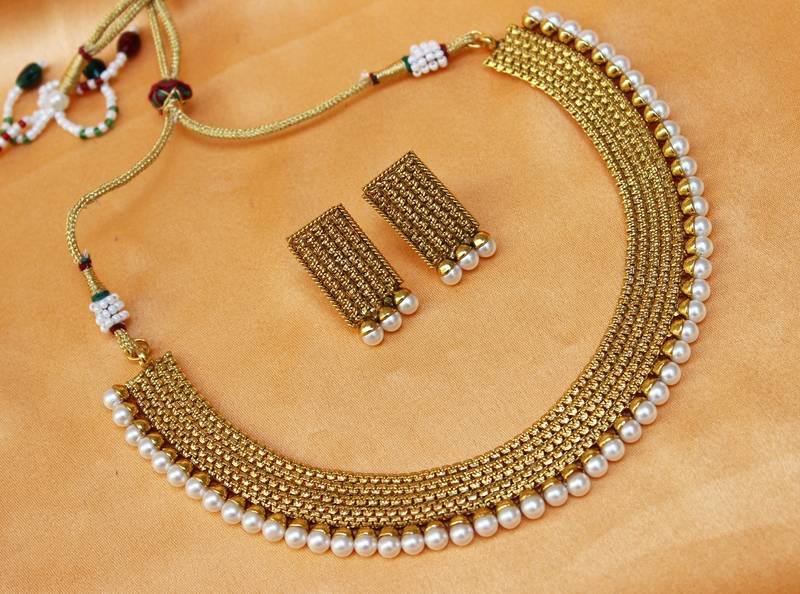
Of course, this doesn’t mean that Mirraw will never raise funding ever. It might happen when it makes sense to take funds to build certain aspects. Even if Anup and Shailesh decide to go for funding, their focus will still remain on structured growth and ensuring that Mirraw doesn’t run into losses continuously. For them it is clear that though some periods will be laggard but one cannot build a company on just losses. The business needs to be self-sustained. So, if they ever raise funds, they would prefer to go slower than people but at least in a guaranteed manner.
From INR 1 Lac To INR 100 Crores!
The startup has come a long way from the initial INR 1 lac pumped into the business by its founders. This financial year Mirraw will be closing in revenues of INR100 Cr, clocking 1200 plus orders every day. This is 3x of what it did in the previous financial year, which basically means that the number of orders shot from 400 to 1200 a day in the matter of one year. For the next year, Mirraw is looking at doing 5000 orders per day.
At present, the Mumbai based startup has 120 people on board, up almost three times the people it had last April. It is also looking to scale the number of vendors to 10,000 from the current 3,000 in a couple of months. However, it has no plans to build hubs here and there, staying firmly rooted at its Mumbai base.
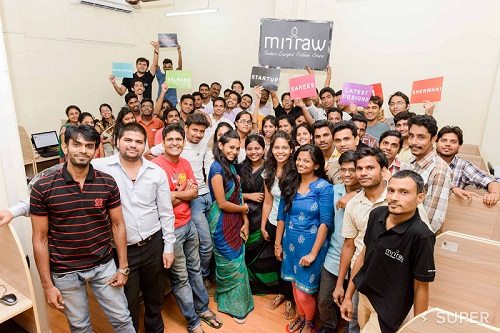
Says Anup, “People wise, we will continue growing little by little. The strategies of growth that we have in place do not require extensive manpower solutions. The thing is it’s important for a startup to have highly delivering people. So, if you are delivering well, you survive. Hence, our strategy has been to pick up the best from the lot and then later course correct.”
So, while people wise Mirraw will go slow, it will be rapidly going deep into categories to build a wider inventory and also add more categories in the process. One major thrust will be on home furnishing as it is witnessing a demand for home décor and Indian handicrafts. Regional saris is another category which it aims to specialise in. The startup is trying to build an exhaustive sari inventory as it firmly believes that despite the presence of biggies like Flipkart, Amazon, Snapdeal, and everyone else, there is still not enough inventory available online – especially to discerning customers from down South.
The Rising Tribe Of Ethnic E-tailers
With the rise of ecommerce in India, it is but natural that the number of e-tailers venturing into the ethnic category has also risen. One such e-tailer is Mumbai-based Craftsvilla, which raised about $34 Mn in Series C round of funding, led by existing investors Sequoia India and Lightspeed Venture Partners, last November. Then, there is Delhi-based Jaypore, a curated online retail store, that has raised about $5 Mn funding from social venture firm Aavishkaar in its series A round of funding. Bangalore-based fashion retailer Voonik, which secured $5 Mn in series A funding, led by Seedfund and Sequoia, last June, also plays in similar categories.
However, Anup believes that competition is not a problem at this stage. Says Anup, “This market is so big that all of us are just chasing a lot of customers. It’s not become a problem where one’s presence is affecting the others. Of course, the price increases to acquire a customer but market is still huge, and there is no one miles ahead who we can’t take over. It’s not a winner takes all type of market.”

Hence, in order to differentiate, Mirraw is focusing on customisation, quality, and building a deeper inventory. It has ventured into delivering customised stitched blouses, lehengas, etc. and wants to make that service huge in order to provide something which its competitors don’t do. Since about 50% of everyone’s inventory is almost same, Mirraw is also trying to build a deeper inventory in order to score over the competition.
Quality is a factor that it has been aggressive on since the beginning, as it becomes critical for customer loyalty. And in a bootstrapped setup it becomes even more critical as one has to provide value to the customer in the product quality itself, in order to bring him back next time. On this count, Anup is clear that Mirraw will settle for lesser number of vendors but they will be the right vendors. Adds Anup,
“The hardest part is that being a marketplace, it is very difficult to ensure the quality of products to the customer. Because you don’t come in the path of the product, the vendor ships the product directly to the customers – you don’t get to see it. So, we do a lot of initial checks with each vendor. While on boarding, we ensure that vendors are good quality vendors. If we make mistakes even in that stage we later course correct it. If a particular vendor has a lot of returns to the customer, say 15%, we reduce that guy’s marketing. We just stop working with that vendor, even if he giving us orders worth INR 2-3 lacs. Because we cannot constantly build a business on providing bad quality.”
Similarly, when it comes to delivery, Mirraw ensures a 24 hour dispatch time even though it does not have any warehousing facilities. This is done by following up with the vendor as soon as an order is placed.
The Discount Game Vs The Value Game
Anup believes that Mirraw’s bootstrapped model allows it to play in a cost-efficient way. And thus has higher chances of sustainability and growth. Given the lowering of valuation of Flipkart and the funding squeeze, there might be some truth to his argument. Says Anup, “Funded models are playing a discounts game, while we are playing a value game. We are providing value to the customer in the product quality itself. We have to play with the right pricing. So, we just don’t do deep discounting and not care about the quality.”

After all, none has still won this race. Especially, the market for ethnic wear vertical is still open for the taking. Fundings run dry, so what ultimately sustains is a cost efficient model. On that score Anup believes Mirraw stands a better chance of growth as till now it doesn’t have a failure moment. It’s locking in growth of 10-12% month on month, leading to an annual growth rate of 3x-4x. Its only challenge is how fast it can grow. Given the fact that it is touching INR100 Cr this year, the challenge looks like something which it is equipped to solve.
The only thing Anup misses out on by opting out of the funding and discounting game is the lack of strong mentors in Mirraw’s journey. Says Anup, wistfully, “We lacked a strong mentor to give us shortcuts, insights into the industry. That’s the one thing you miss out on when you do it yourself. So, it is possible to do what we have done in a much faster way with funding.” But looking at Mirraw’s growth trajectory, it is probably not something that Anup and Shailesh miss real bad.




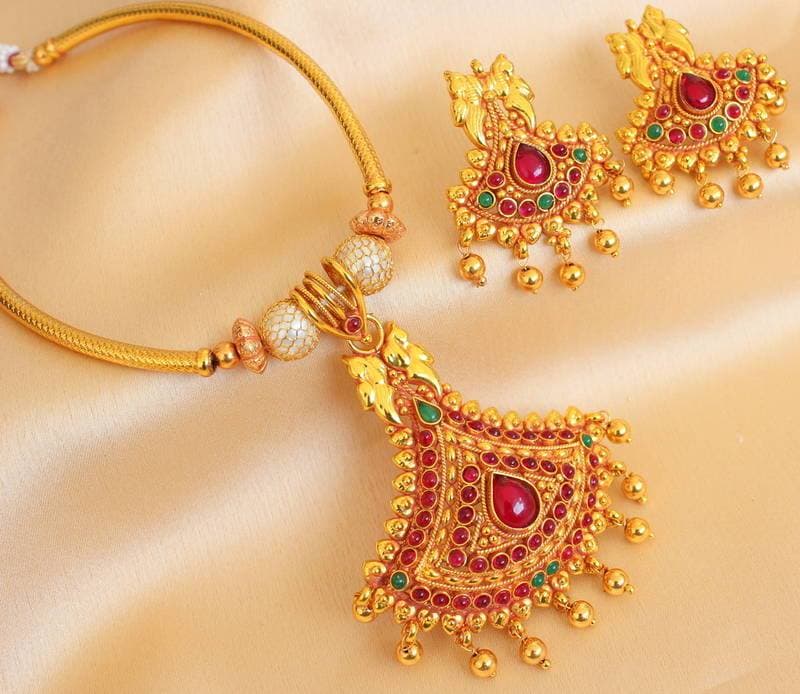




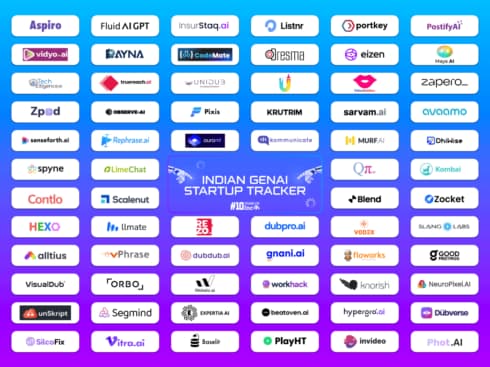
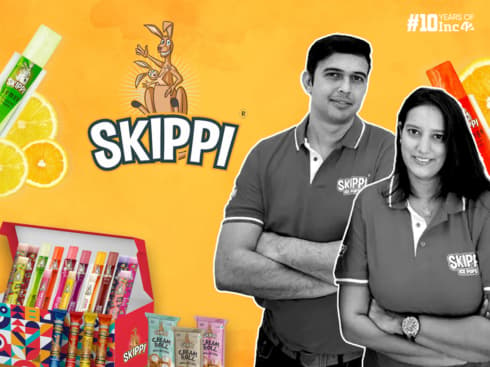
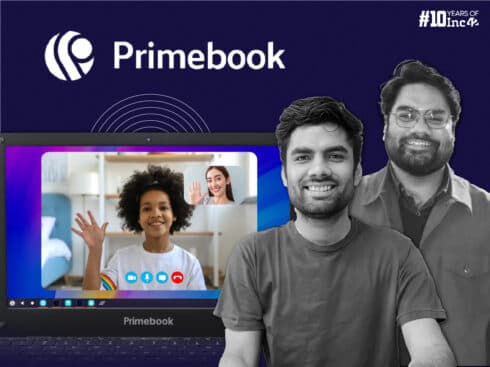




















 Ad-lite browsing experience
Ad-lite browsing experience